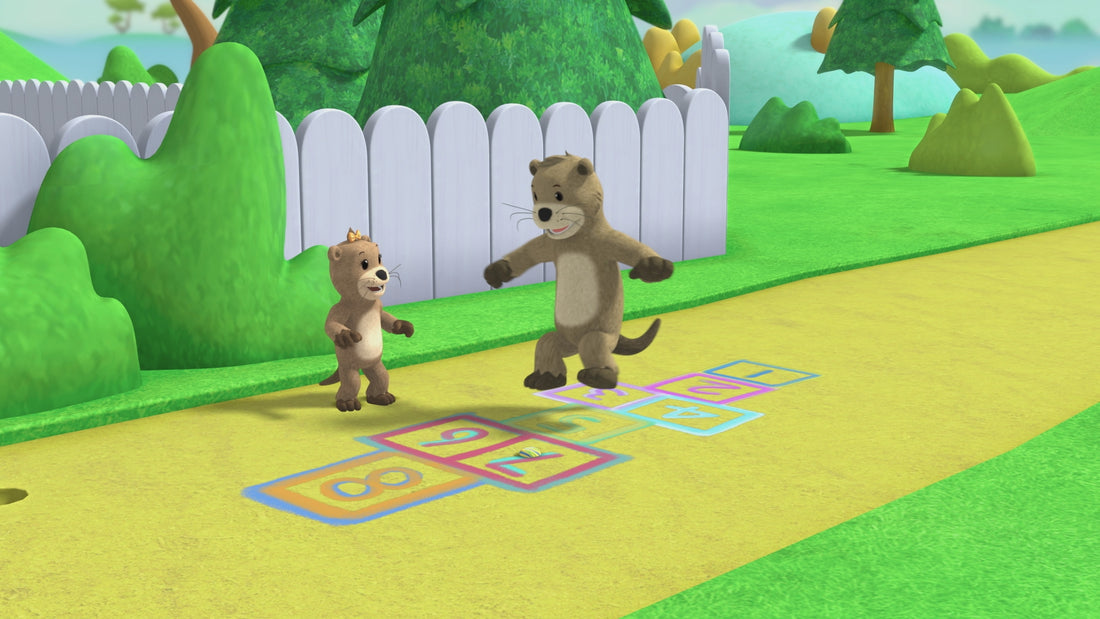From Cooperative to Collaborative Play and Learning
Written by Natascha Crandall, PhD. - Educational Curriculum Consultant

A core social emotional developmental building block for preschoolers revolves around goingfrom cooperative to collaborative play and learning. Even though both involve working in groups, they are distinctly different.
Cooperating is step one, like sharing blocks, or taking turns. Preschool children in cooperative learning groups participate because they are required to do so by an adult, but it also helps them start to understand and be aware of another person’s needs and emotions. Cooperative learning is meant to facilitate the accomplishment of specific individual goals. But, while cooperation is defined as working together on something, collaboration takes things to a deeper level. It is a shared goal that all parties work toward together.
The underlying premise of collaborative learning is based upon consensus building through cooperation by group members. Collaborative learning suggests a way of interacting with othersthat respects and highlights individual group member’s abilities and contributions. Collaborative groups enjoy working together because they value what each person brings to the group, and the accomplishment of the goal is greater because of the other members’ contributions.
Collaboration takes longer and involves more thinking and more maneuvering than cooperative learning. It is one of the 21st century skills that teachers are finding important for kids and classrooms. Skills learned through collaborative play are essential for school readiness and help create a foundation for success as children learn and grow. It is also one of the important elements in many workplaces as well.
Through collaborative learning, children begin to learn how to trust each other. Specific social-emotional attributes include the development of social and communication proficiencies,learning to share, developing a sense of empathy, mastering self-control and understanding the basics of conflict resolution.
In our Zoonicorn stories, the characters model both cooperative and collaborative learning skills. Young viewers see the characters presented with a problem, and then work as a team with a shared goal to solve that problem. Children also relate to the Zoonicorn episodes because, just like in real life, the characters don’t always get it right on the first try. Problem solving requires sustained effort and a willingness to keep at it. Through persistence, optimism and resilience, the core of Zoonicorn’s mission, the group is able to discover how to work together to find solutions. As young children discover that challenging situations are often best solved cooperatively and collaboratively, they begin to recognize how their resilience to failure or setbacks helped themachieve their goals. This makes them optimistic that they can work with others again, and truly achieve something greater than imagined!

